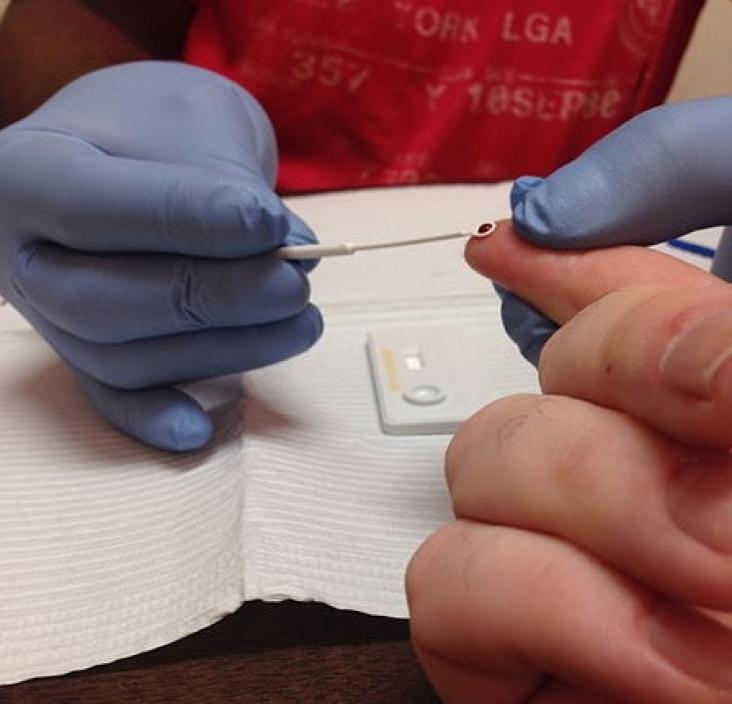Among the different pharmaceuticals present in soil and water ecosystems as micro-contaminants, considerable attention has been paid to antibiotics, since their increasing use and the consequent devel
A human-centered design thinking approach has been applied to a course at the MIT D-Lab on creating low-cost prosthetic and assistive devices for the developing world.
The WHO global health sector strategy on viral hepatitis, created in May, 2016, aims to achieve a 90% reduction in new cases of chronic hepatitis B and C and a 65% reduction in mortality due to hepati
In 2016, WHO adopted a strategy for the elimination of viral hepatitis by 2030.

Background Multistage, stepwise HIV testing and treatment procedures can result in lost opportunities to provide timely antiretroviral therapy (ART).
This content aligns with Goal 3: Good Health as well as Goal 10: Reduced Inequalities by discussing the impact of chromatin structure on viral integration, transcriptional regulation and latency, and the host factors that influence HIV-1 replication by regulating chromatin organization.
Background & Aims Coffee has anti-inflammatory and hepato-protective properties.
Global sustainability problems pose serious challenges for humanity. In handling these problems education for sustainable development (ESD) is seen as important.
Infectious diseases have proven to be remarkably resilient foes of human health and so the prevention and control of infectious diseases have been attracting the attention of all countries over the wo
Background far too many women continue to die from pregnancy and childbirth related causes.
